BBC Persian
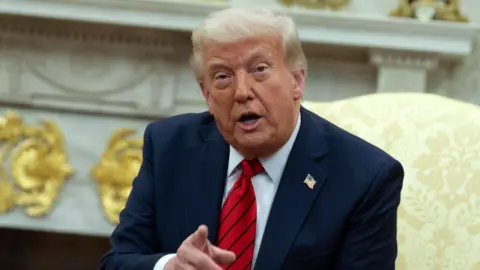 Epa
EpaIran and the United States have had a second round of high nuclear conversations in Rome -and have agreed to rediscover -even next week, even when climbing hopes are feared to mount military threats and mixed messages.
United States President Donald Trump reminds Tehran almost every day his options: agreement or war.
He has previously said that Israel would lead a military response if the conversations failed.
The New York Times reported on Wednesday that Trump had « agitated » an Israeli plan to reach Iranian nuclear places since next month.
« I would not say he stirred. I’m not in a hurry to do it, » Trump told journalists in response to the article on Thursday, adding that he preferred to give diplomacy an opportunity.
« I think Iran has the opportunity to have a great country and to live happy without death … This is my first choice. If there is a second choice, I think it would be very bad for Iran. »
After both parties described the first round of conversations in Oman last weekend as a constructive, Trump had said that « he would make a decision on Iran very quickly. »
Why Iran returned to the table
In 2018, Trump took the United States from a 2015 agreement that saw Iran limited its nuclear activities and allowed inspections of the International Atomic Energy Agency (IAEA) in exchange for sanctions relief.
He said too little to stop Iran’s potential road to a nuclear weapon and restored US sanctions as part of a « maximum pressure » campaign to force Iran to negotiate a new agreement.
However, Iran refused and violated more and more restrictions on retaliation. Now he has stored a long enough uranium to do several bombs if he chose it, which he says he would never.
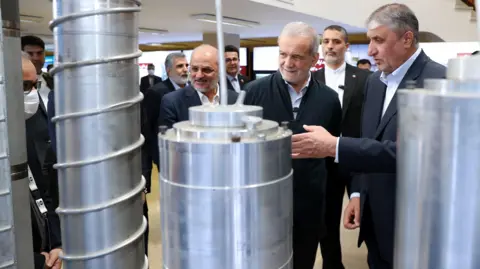 Epa
EpaThe threat of military action seems to have played an important role in the recovery of Iran at the negotiation table. But he insists that this is not the reason.
The Supreme Leader’s website, Ayatollah Ali Khamenei, said that Iran had accepted conversations only because the USA limited his demands strictly to nuclear issues, not for fear of us and Israeli strikes.
However, reaching an agreement is far from certain.
Trump’s special envoy to the Middle East Steve Witkoff, which runs the United States negotiation team, published on Tuesday in X: « Any final agreement must set a framework for peace, stability and prosperity in the Middle East, which means that Iran must stop and eliminate his nuclear enrichment program and weapon.
He arrived only one day after he had suggested in an interview with Fox News that would allow him to continue to enrich the uranium.
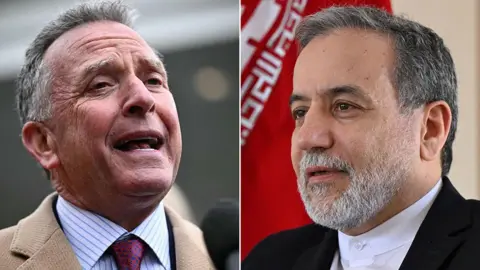 AFP
AFP« They do not need to enrich 3.67%past, » he said, referring to the limit established by the 2015 nuclear agreement.
« This will try to verify the enrichment program and, finally, the verification of the weapon. »
Iran Foreign Minister Abbas Araghchi, the head of the Iranian delegation, responded by pointing to Witkoff’s « contradictory statements » and emphasizing that « real positions will be made clear at the negotiation table. »
« We are ready to create confidence in possible concerns about Iran’s enrichment, but the principle of enrichment is not negotiable, » he said.
Flurry Diplomatic
The talks on Saturday in Rome are in the middle of the diplomatic activity.
Saudi Arabian Defense Minister Prince Khalid Bin Salman visited Tehran on Thursday, delivering a personal message from his father King Salman to Ayatollah Khamenei. He also met Iran President Masoud Pezeshkian.
Iran has warned that any North -American Military Action would be retaliated against the North -Americans in the region, many of them welcomed by Iranian Arabic neighbors.
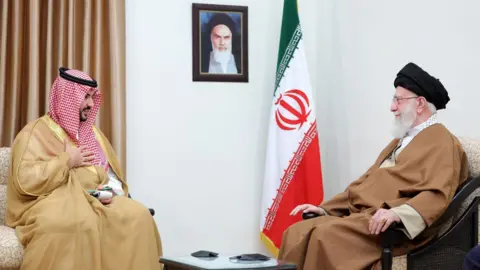 Epa
EpaAt the same time, Araghchi visited Moscow and handed a letter from Khamenei to Russian President Vladimir Putin.
Iran and Russia have strengthened their military bonds since the beginning of the war in Ukraine, with Tehran accused of supplying drones to support Moscow’s war effort.
The Russian Parliament ratified a 20 -year strategic association between Iran and Russia 10 days ago. However, the agreement does not include a mutual defense clause.
In the meantime, the head of the IAEA, Rafael Grossi, completed a two-day visit to Tehran this week, meeting the Iranian nuclear officials and the Minister of Foreign Affairs to facilitate tensions and restore inspection protocols.
Atmosphere of distrust
Since Trump returned to office this year, Ayatollah Khamenei has constantly reported negotiations with Washington.
« Negotiating with this administration is not logical, neither wise nor honorable, » he said in a February speech, only two months before agreeing on the current round of conversations.
Supreme leader’s distrust results in Trump withdrawal from the nuclear agreement, the « maximum pressure » campaign that followed and the murder of General Qassem Soleimani on a North -American strike in Iraq in 2020.
Ayatollah Khamenei expressed his satisfaction with the first round of conversations, saying he was « implemented well. »
But he warned that he was « not too optimistic or too pessimistic. »
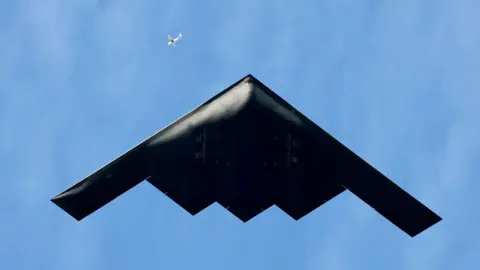 Pictures of getty
Pictures of gettyHe also warned that Iran is retaliated in the event of a nuclear program.
Some officials, including their advisor Ali Larijani, have even said that Iran could be « forced » to acquire a nuclear weapon if attacked.
« We are not chasing weapons and we have no problem with the supervision of the AIEA, even indefinitely. But if it resorts to bombings, Iran will have no choice but to reconsider. This is not of your interest, » Larijani told State TV earlier this month.
Direct or indirect?
Each side presses its own story about how the conversations are held.
The United States say they are direct. Iran says they are indirect and Oman Media exchanging written notes.
After the first round of Muscat, Araghchi acknowledged that he had a brief exchange with Witkoff « due to diplomatic courtesy » after crossing paths.
The North -American News Website, citing sources, reported that the two main negotiators spoke up to 45 minutes.
Tehran prefers the secret. Washington is looking for advertising.
After both parties filed positive statements over the first lap, Iran’s coin increased by 20%.
Iran’s leadership is aware of the public discontent on the harsh economic conditions of the country and the potential of protests it may trigger.
For the Islamic Republic, fear is not only bombs, but they are also protests.

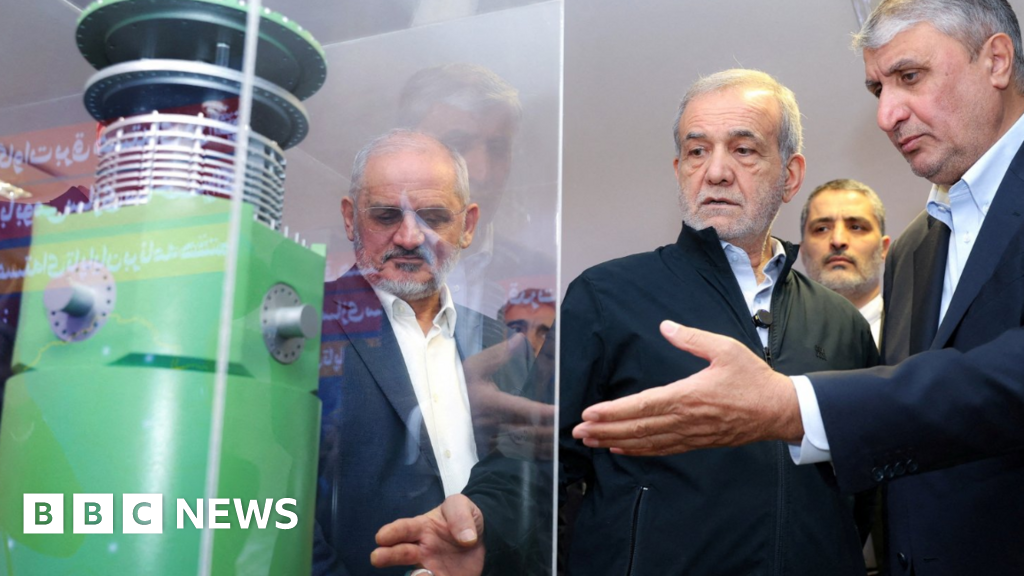





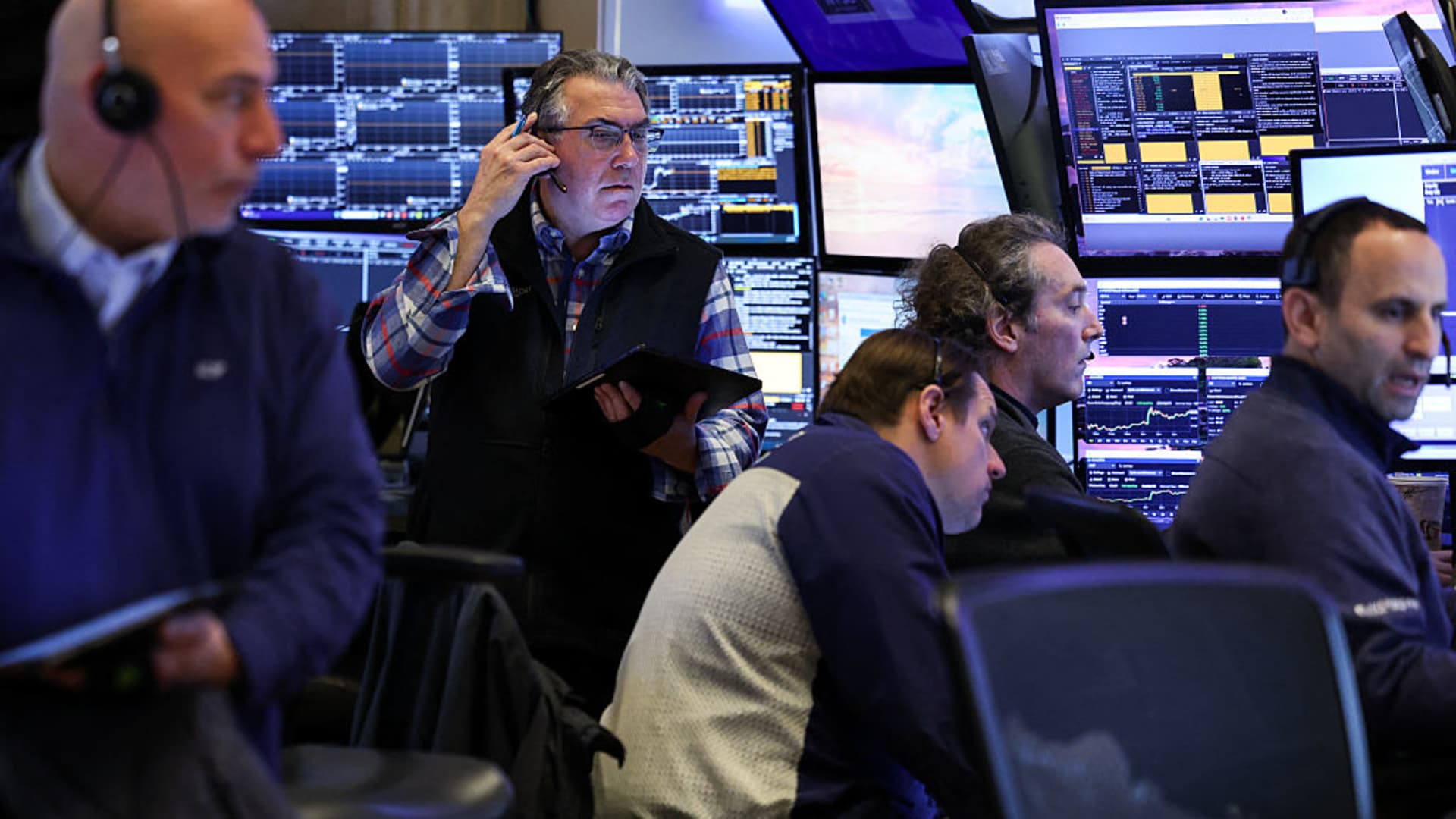
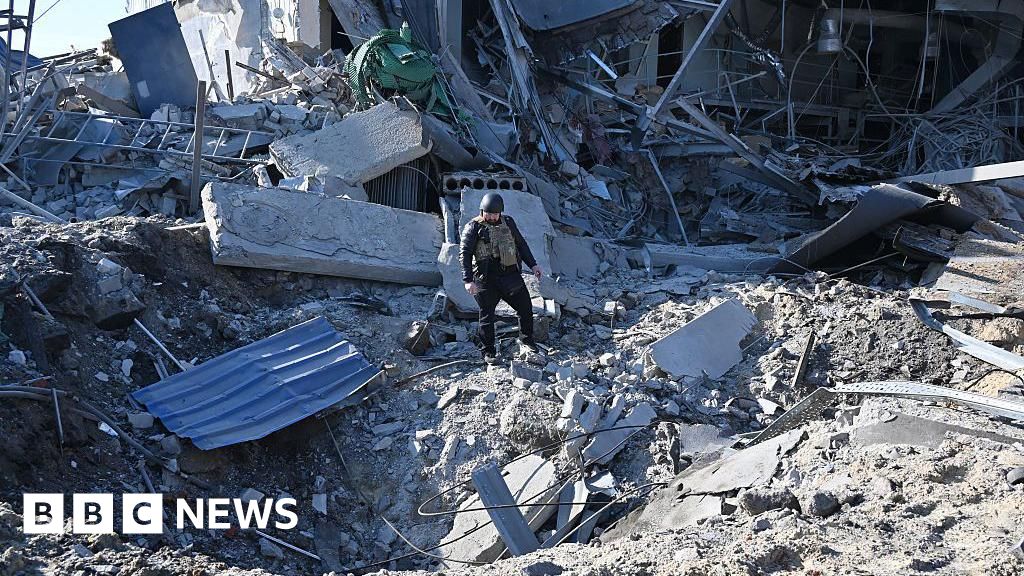
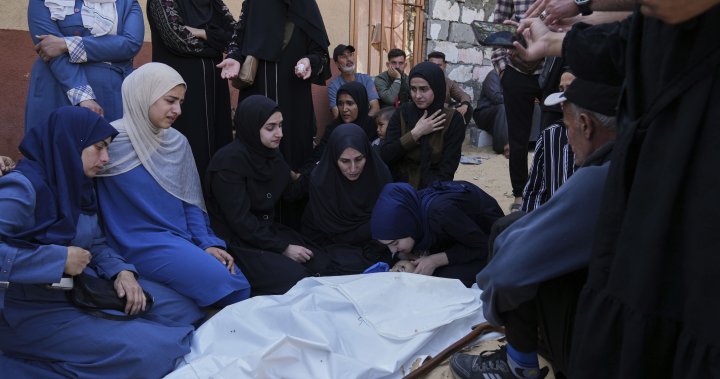




Leave a Reply